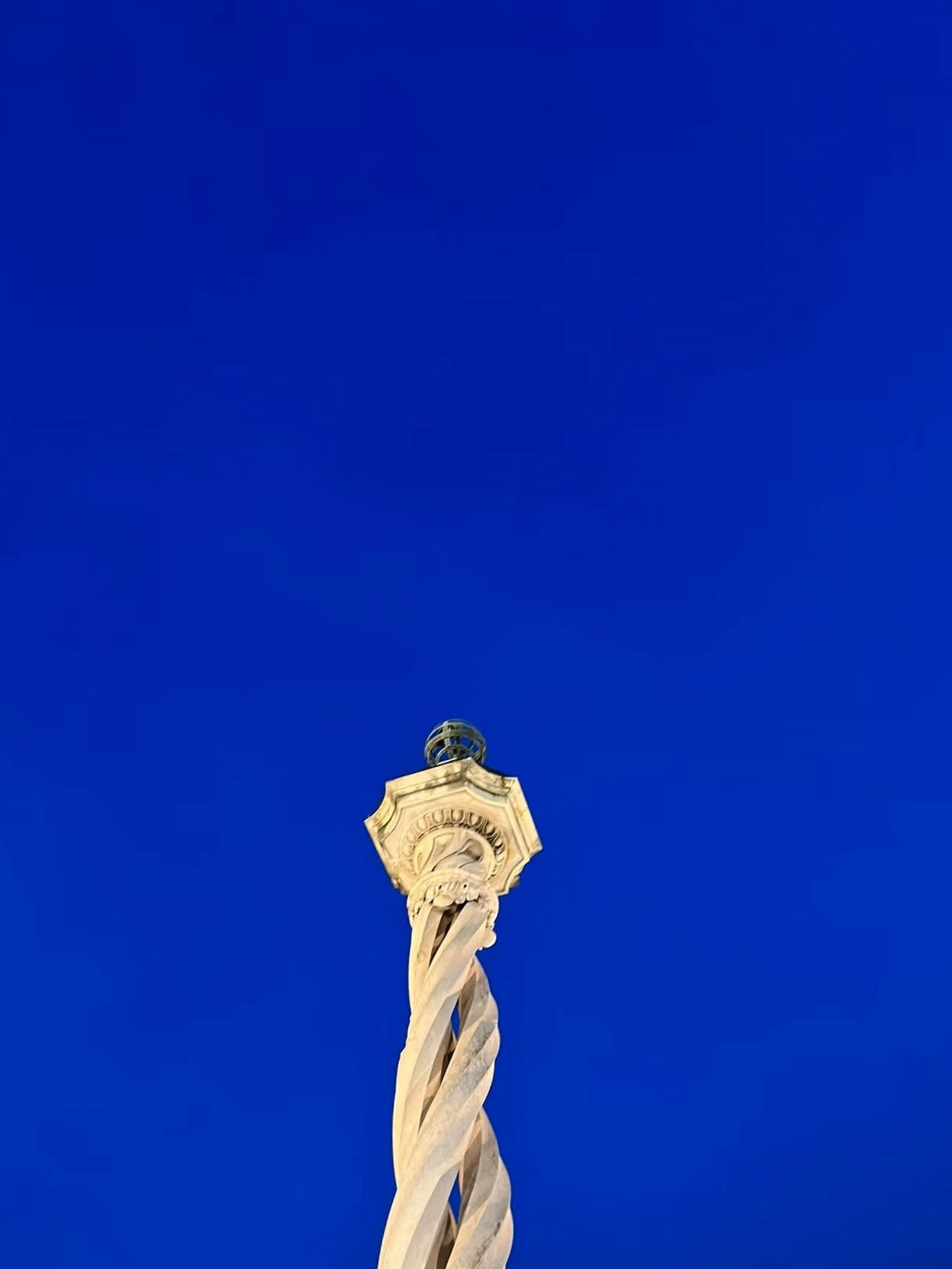
Indigo Color: The Mysterious Shade Between Blue and Violet
What Is Indigo Color?
Indigo color sits quietly between blue and violet on the visible spectrum—a deep, cool hue that feels both ancient and futuristic.
It’s often described as the color of twilight, when the sky hasn’t yet surrendered to night. The word indigo originates from the Latin indicum, meaning “from India,” where indigo dye was first exported to Europe centuries ago.
In modern color systems, indigo is a rich blue with a subtle purple undertone (around 420–450 nm wavelength). It’s neither purely blue nor purely purple—it’s that transitional, introspective space in between.
Is Indigo a Single Shade or a Range?
Unlike the simplicity of “red” or “green,” indigo represents a spectrum of deep bluish-purples rather than one exact tone.
Some designers interpret it as a dark navy with violet depth; others treat it as an electric, cosmic blue used in digital interfaces. Its versatility makes it perfect for both natural textiles and futuristic branding palettes.

What Colors Make Indigo?
To create indigo color, you can mix blue and a small amount of red, balancing them until the purple undertone gently appears.
Adding a touch of black deepens its sophistication, while adding white softens it into periwinkle—an ethereal cousin of indigo. (You can explore more about this in our article on Periwinkle Color Trend.)
Why Is Indigo So Popular Again?
Indigo has reemerged in fashion, interior design, and digital branding for a reason—it embodies stability, spirituality, and depth in an overstimulated world. The last few years have seen a cultural longing for calm and introspection, and indigo fulfills that emotional gap. Its dual nature—rational like blue, mysterious like violet—makes it resonate with people seeking balance between technology and mindfulness.
Pantone hasn’t crowned indigo itself as a “Color of the Year,” but shades inspired by it, such as Very Peri (2022) and Classic Blue (2020), have dominated global palettes. This proves that indigo’s essence—deep, intelligent, and meditative—is still shaping visual trends.
The Emotion Behind Indigo
Indigo color evokes contemplation, wisdom, and inner quiet. It’s often associated with the third eye chakra in spiritual traditions—representing intuition and perception. In design psychology, it communicates trustworthiness and sophistication without being cold. That’s why luxury brands and wellness-focused aesthetics both gravitate toward it.
How Long Will Indigo Stay in Trend?
While color trends often fade within two or three years, indigo’s cyclical nature ensures it never truly disappears. It was beloved in the 1970s denim boom, revived in the early 2000s minimalism wave, and now thrives in the digital mindfulness era.
Expect it to remain a dominant hue for at least another five years—especially in textiles, homeware, and fashion basics.

Indigo in History and Ancient Art
In ancient times, indigo dye was one of the most valuable pigments in the world. Extracted from the indigofera plant, it required laborious fermentation, making it a luxury commodity comparable to gold.
Civilizations from India to Egypt used indigo for robes, tapestries, and spiritual paintings.
In traditional Japanese aizome and African adire fabrics, indigo symbolized protection and purity. In European medieval art, it replaced expensive lapis lazuli to depict the robes of saints and royalty—representing both humility and divine power.
The Cost and Cultural Meaning of Indigo
Because indigo dye came from natural plants, its price once reflected the intensity of manual labor and scarcity of raw materials.
Today, synthetic indigo is affordable, but natural indigo—still made through fermentation—remains prized by artisans and eco-conscious designers for its irregular beauty and sustainability.
Across cultures, indigo color carried layered meanings:
- In India, it represented cosmic order and spiritual knowledge.
- In Africa, it was used in ceremonial garments to convey status and purity.
- In Europe, it became a democratic dye through denim—a symbol of work, equality, and rebellion.
Indigo in Modern Design
Today, indigo’s influence extends from raw denim jackets to website interfaces, wellness packaging, and home textiles. Designers love its adaptability—it looks grounded in natural fibers and elevated in glossy finishes.
If you’re developing your own color palette or fabric line, you can explore options with our Fabric Swatch Pack for Designers to see how indigo interacts with different textures and materials.
A Color That Never Truly Leaves
Fashion is cyclical, but indigo is one of the rare hues that survives every loop.
From ancient artisans to AI-era creators, its meaning evolves but its essence stays—a reminder that depth, intuition, and calm never go out of style.
